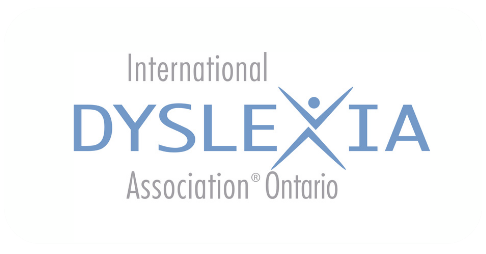Ontario Educators Follow Two Learning Continua
Teachers in Ontario are now required to teach reading and writing in a systematic and explicit manner. Strand B of the curriculum has two associated learning continua, one that provides an elaboration of the mandatory learning associated with Overall Expectation B2 from Grades 1 to 4, and another that describes the progression of mandatory learning associated with Overall Expectation B3 from Grades 1 to 9. How is this mandated sequence of instruction beneficial for all our students? We can look to evolutionary biology for the answer!
As a result of the fascinating research of Stanislas Dehaene, a leading cognitive neuroscientist who has extensively studied the brain’s reading processes, we have crucial insights into why reading isn’t a natural evolutionary development and why it must be explicitly and systematically taught.
Learning to Read is Not Natural
Unlike speaking or walking, which humans have evolved to do naturally, reading is not an ability that comes instinctively to us. Dehaene explains that the human brain did not evolve specifically to read; instead, it repurposes existing neural circuits that originally evolved for other functions. This concept is known as « neuronal recycling. »
When we learn to read, our brains adapt by redirecting neural circuits originally designed for object recognition, visual processing, and language. This adaptation is remarkable, but it also means that reading is not a built-in capability. It’s an acquired skill that requires explicit instruction and lots of practice.
The Brain’s Road to Reading
One of Dehaene’s key contributions to our understanding of reading is his explanation of how the brain processes written language. He identifies a region called the « visual word form area » (VWFA), located in the left hemisphere of the brain. This area plays a critical role in recognizing written words, but it doesn’t come pre-wired for this task.
Instead, the VWFA is gradually trained through exposure to letters and words, transforming the way the brain perceives these symbols. This process is complex and demands significant cognitive effort, especially in the early stages of reading development. Since the brain has to rewire itself to understand written language, learning to read is far from an automatic or natural process.
The Need for Explicit and Systematic Instruction
Dehaene’s research underscores the importance of explicit reading instruction. Because reading is not an innate ability, students cannot simply « pick it up » through exposure alone. Instead, they require systematic teaching that introduces them to the principles of decoding, phonics, and the structure of language.
Explicit and systematic instruction helps students develop the necessary neural pathways to recognize letters, understand their corresponding sounds, and eventually read fluently. This approach is particularly vital for students who struggle with reading, as it provides them with the tools they need to overcome the inherent challenges of learning to read.
To Learn More
Explore the Language Foundations Continuum.
Learn more about Stanislas Dehaene’s work.
Amplify’s Brain Builder video series explains reading development with student-friendly language.




